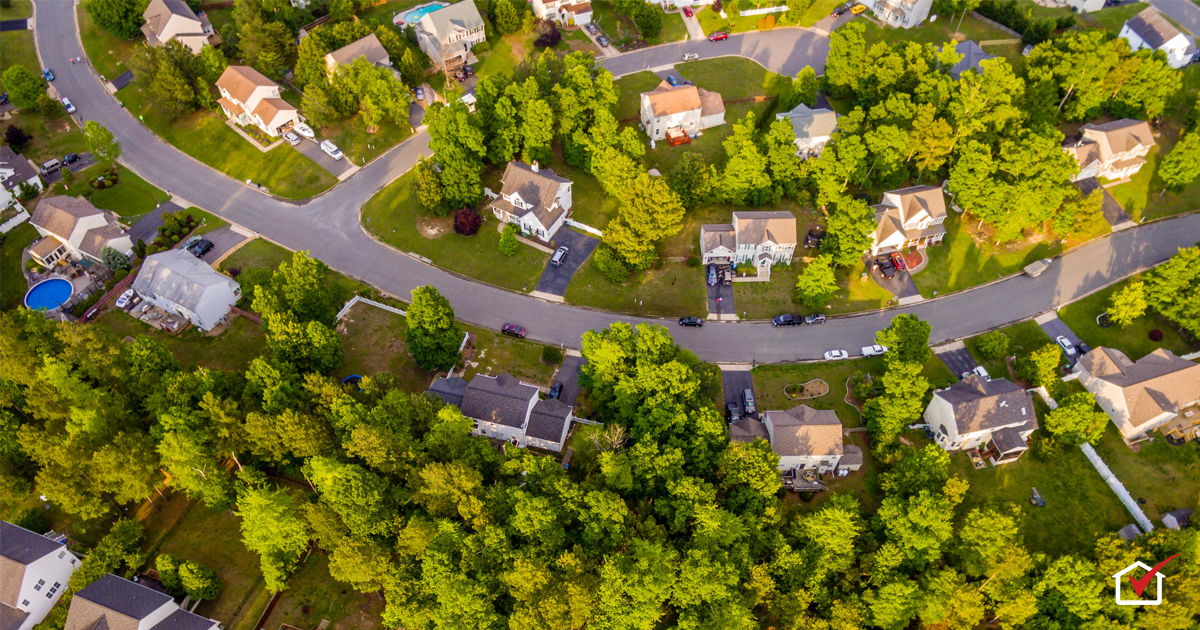
Radon is a colorless, odorless gas that is second only to smoking as a cause of lung cancer.
Radon: Where does it come from?
The soil in your yard holds small amounts of decaying uranium. As it decays, uranium emits radon. Typically, radon floats away harmlessly in the outdoor air. But sometimes it creeps into buildings through gaps in a home’s foundation. Over time, radon may reach unsafe levels in basements and lower floors.
How is radon measured?
Radon is measured in units called curies. The “curie” is named after Pierre and Marie Curie (that’s right, the legendary scientist Madame Curie!). One curie has the amount of radium fond in a gram of this radioactive element. Picocuries (pCi) measure the speed of radon’s decay. A picocurie is one trillionth of a curie!
What is an acceptable level of radon?
According to the U.S. Department of Health and Human Services, around 1 out of every 15 homes in America have radon levels that are too high. (The EPA says that an acceptable level of radon is less than four picocuries per liter of air.)
Radon detection: Where do I start?
A great first step in assessing radon risk for your property is with a HouseFax Property Report. Radon risk levels — low, medium and high — are clearly shown in each HouseFax Report. These risk levels are reported for the county where your property is located.
What are the symptoms of radon exposure?
Radon exposure over time can eventually lead to lung cancer. Smokers are at a greater risk. If you are breathing in an unsafe amount of radon, you won’t feel sick or have any immediate symptoms. It’s impossible to know if a home has a radon problem without performing one or more tests.
How do you test for radon?
Testing a home for radon isn’t difficult. Homeowners can perform the test themselves or contract with a professional testing service. Most homeowners begin with a short-term test that lasts anywhere from 2 to 90 days.
It is recommended that the test be performed on the lowest level of the house that is used as a living space. For example, if a basement is used as a living space, begin the test there. If the basement is only accessed for storage, set up the test on the first floor.
Test kits can be purchased at a hardware store or home improvement center. They can also be found online. But considering the importance of the test, many homeowners feel more comfortable working with a professional.
As mentioned above, a radon reading of 4 or higher is considered to be unhealthy. If testing reveals 4 or more, a second test is recommended. Depending on the findings of the initial test, the second test might be a short-term test (2-90 days) or a long-term test (more than 90 days). Again, an experienced professional service can provide the right guidance.
How does a homeowner remediate radon?
When both radon tests indicate radon levels are 4 or higher, it’s time to take action. (Since no level of radon is 100% safe, you might want to take steps to reduce radon levels between 2 and 4.) In either case, it’s critically important to work with a qualified contractor. The contractor will adjust the house to prevent radon from entering.
Professional radon remediation contractors are located around the USA. Certain states insist on a state license, so it might make sense to contact the state’s radon office. As you can imagine, hiring a properly-trained expert is very important.
There are also options for do-it-yourselfers, including training manuals and DIY supplies. Whatever approach a homeowner decides to take, the most important guidelines are to deal with it soon, and to follow an effective path to remediation.
Resources:
###


Leave A Comment